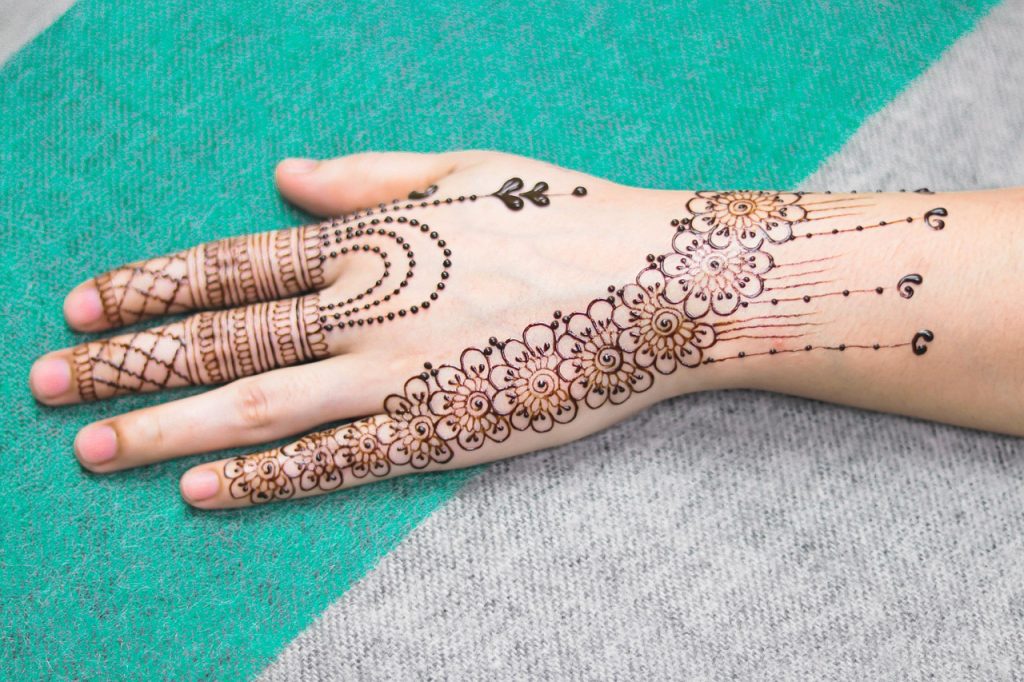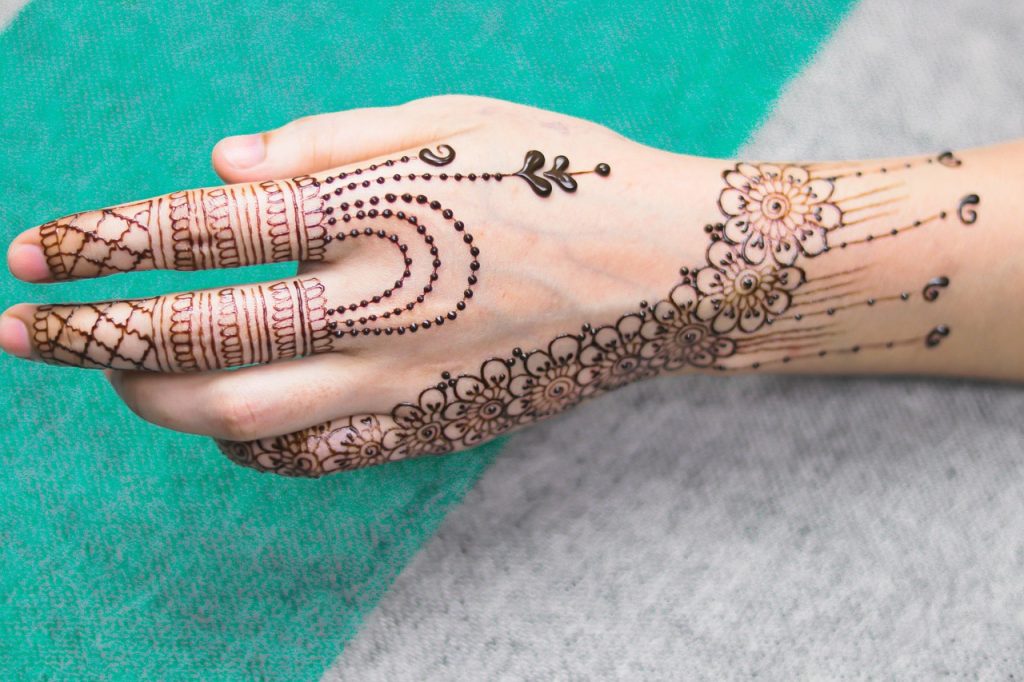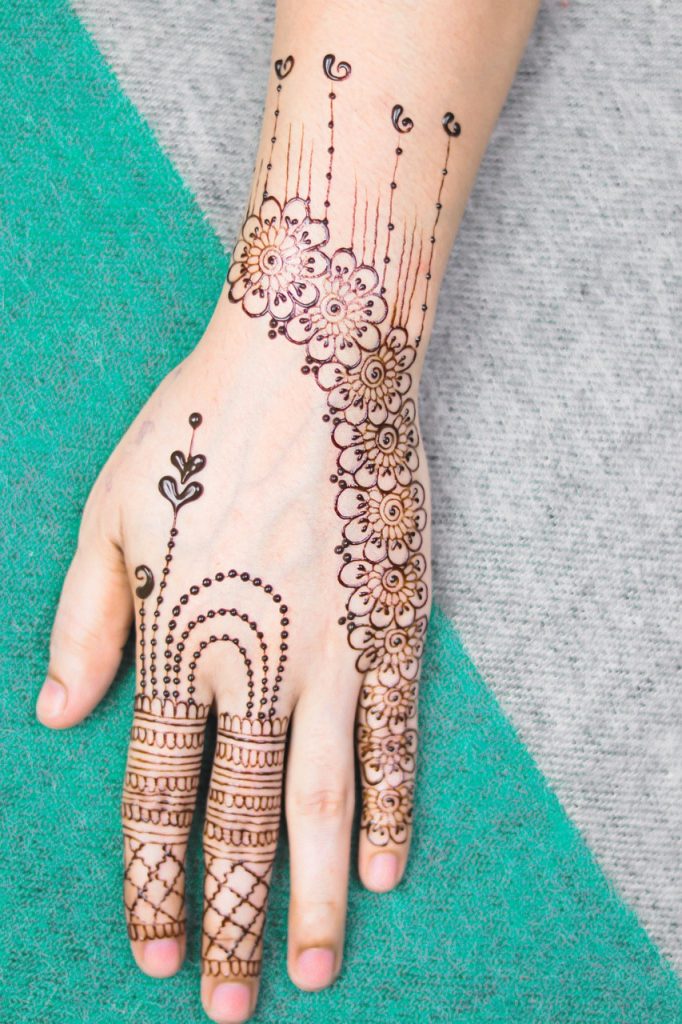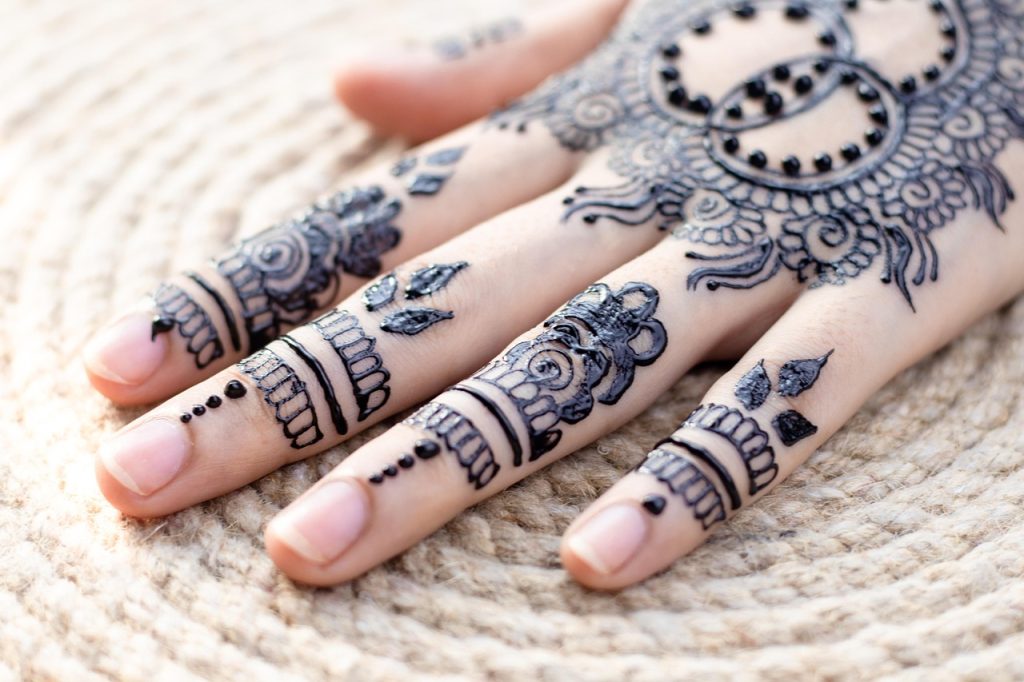Exploring the Art of Hand Mehndi Design

Hand mehndi design drawing is a beautiful art form that has been practiced for centuries. Originating from ancient traditions in India and the Middle East, mehndi is created using a natural dye derived from the leaves of the henna plant. This intricate art involves applying beautiful designs on the hands and feet, often during festive occasions, weddings, and religious ceremonies.
Creating a stunning mehndi design requires patience and creativity. Artists draw elaborate patterns that can include floral motifs, geometric shapes, and even symbolic representations. The designs often tell a story or symbolize auspicious events, adding deeper meaning to the aesthetic appeal.
What are some popular hand mehndi design styles?
Hand mehndi designs come in various styles, including:
- Arabic Mehndi: Characterized by bold floral patterns and spacious designs.
- Indian Mehndi: Intricate and dense patterns that often cover the entire palm.
- Pakistani Mehndi: Combines both Arabic and Indian influences, often featuring delicate work.
Historical Insights on Mehndi
According to historical research, mehndi has been used for body art in various cultures, symbolizing prosperity and fertility. Understanding its cultural significance enriches the experience of creating and wearing mehndi designs.
How to Create Your Own Hand Mehndi Design Drawing

Diving into the creation of your own hand mehndi design can be exciting. Start with simple patterns and gradually advance to more complex designs. Here are the steps to consider:
- Gather your materials: henna paste, a cone applicator, and design inspiration.
- Prepare your hand: Clean the area and ensure it’s dry.
- Draw the design: Start from the center of your palm and work outward.
- Let it dry: Ensure the mehndi stays undisturbed for several hours for a deeper stain.
What tools do I need for hand mehndi design drawing?
You only need a few basic tools for hand mehndi design drawing:
- Henna powder and lemon juice mixture (or pre-made henna paste).
- Applicator cones or bottles.
- Plastic wrap to hold the design.
Case Study: Mehndi Workshops
During community mehndi workshops, participants learn the art of henna application, expanding their creativity while connecting with others. Such workshops highlight how traditional practices can foster community bonds and preserve cultural heritage.
Tips for Perfecting Your Hand Mehndi Design Drawing

To enhance your mehndi application skills, here are some effective tips:
- Practice regularly to improve precision and flow.
- Use high-quality henna for better color release.
- Experiment with different designs and styles to develop your unique aesthetic.
Are there any aftercare tips for mehndi?
Indeed! Aftercare is crucial for obtaining the best mehndi stain. Here are some simple steps:
- Avoid water contact for the first 12 hours.
- Apply oil or balm to enhance the color.
- Keep the design covered with a cloth for a few hours.
Expert Insight on Mehndi Aftercare
According to mehndi artist Neelam Khan, “Following proper aftercare can increase the vibrancy of your henna design, helping it last longer while looking stunning.”
Conclusion

Hand mehndi design drawing is much more than art; it’s a form of self-expression steeped in cultural significance. By understanding its styles, practicing your skills, and ensuring good aftercare, you can appreciate this beautiful tradition. Ready to dive deeper into the art of mehndi? Download our free guide or share this blog with fellow enthusiasts!
